Striking graphic reveals the construction of Confederate monuments peaked during the Jim Crow and civil rights eras
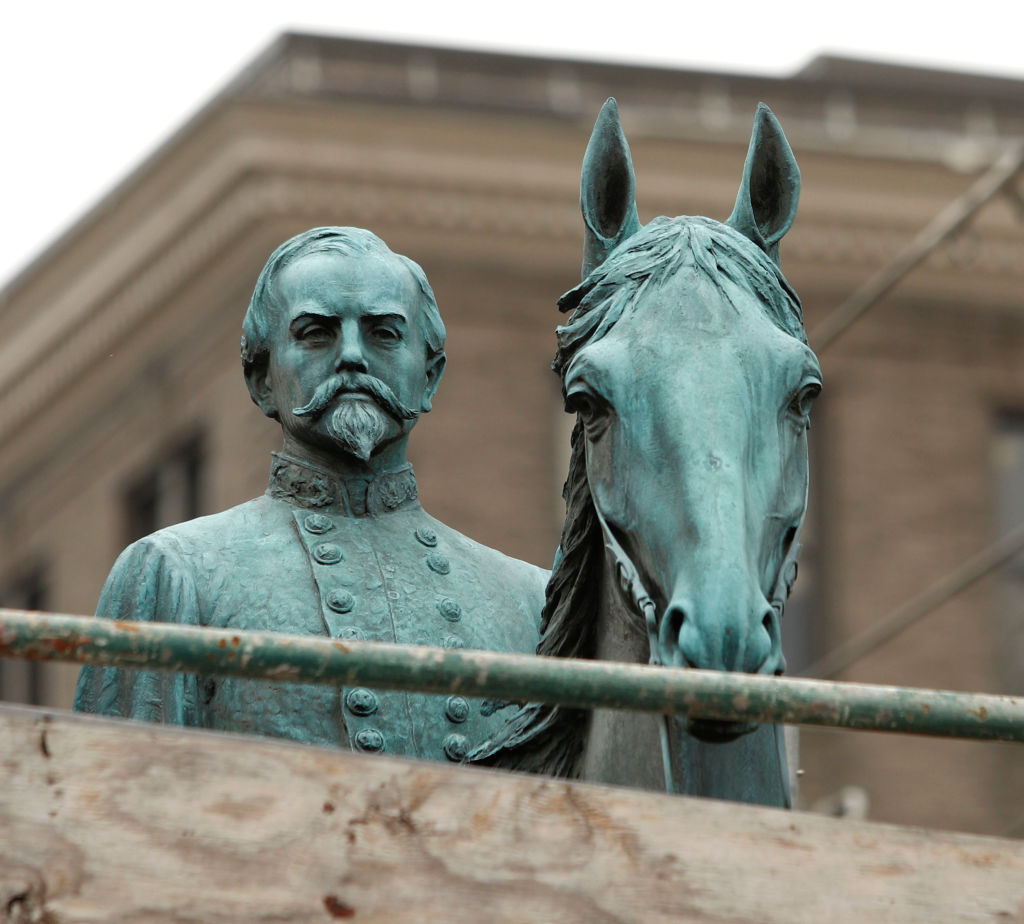
A striking graphic from the Southern Poverty Law Center revealed that the majority of Confederate monuments weren't erected until after 1900 — decades after the Civil War ended in 1865. Notably, the construction of Confederate monuments peaked in the 1910s and 1920s, when states were enacting Jim Crow laws, and later in the 1950s and 1960s, amid the Civil Rights Movement:
The chart illustrates upticks in the construction of Confederate monuments on courthouse grounds after the landmark Plessy v. Ferguson case in 1896 upheld state segregation laws. The construction of monuments outside of schools jumped after the 1954 Brown vs. Board of Education ruling, in which the Supreme Court deemed state laws segregating public schools to be unconstitutional.
Shortly after the Civil War ended, Confederate Gen. Robert E. Lee argued against erecting Civil War monuments, which he warned would "keep open the sores of war" instead of helping to "obliterate the marks of civil strife and to commit to oblivion the feelings it engendered."
The Week
Escape your echo chamber. Get the facts behind the news, plus analysis from multiple perspectives.

Sign up for The Week's Free Newsletters
From our morning news briefing to a weekly Good News Newsletter, get the best of The Week delivered directly to your inbox.
From our morning news briefing to a weekly Good News Newsletter, get the best of The Week delivered directly to your inbox.
Indeed, 151 years after the Civil War came to a close, white nationalists and counter-protesters clashed Saturday in Charlottesville, Virginia, over the city's decision to remove a Confederate statue — which was, ironically, of Lee.
A free daily email with the biggest news stories of the day – and the best features from TheWeek.com
-
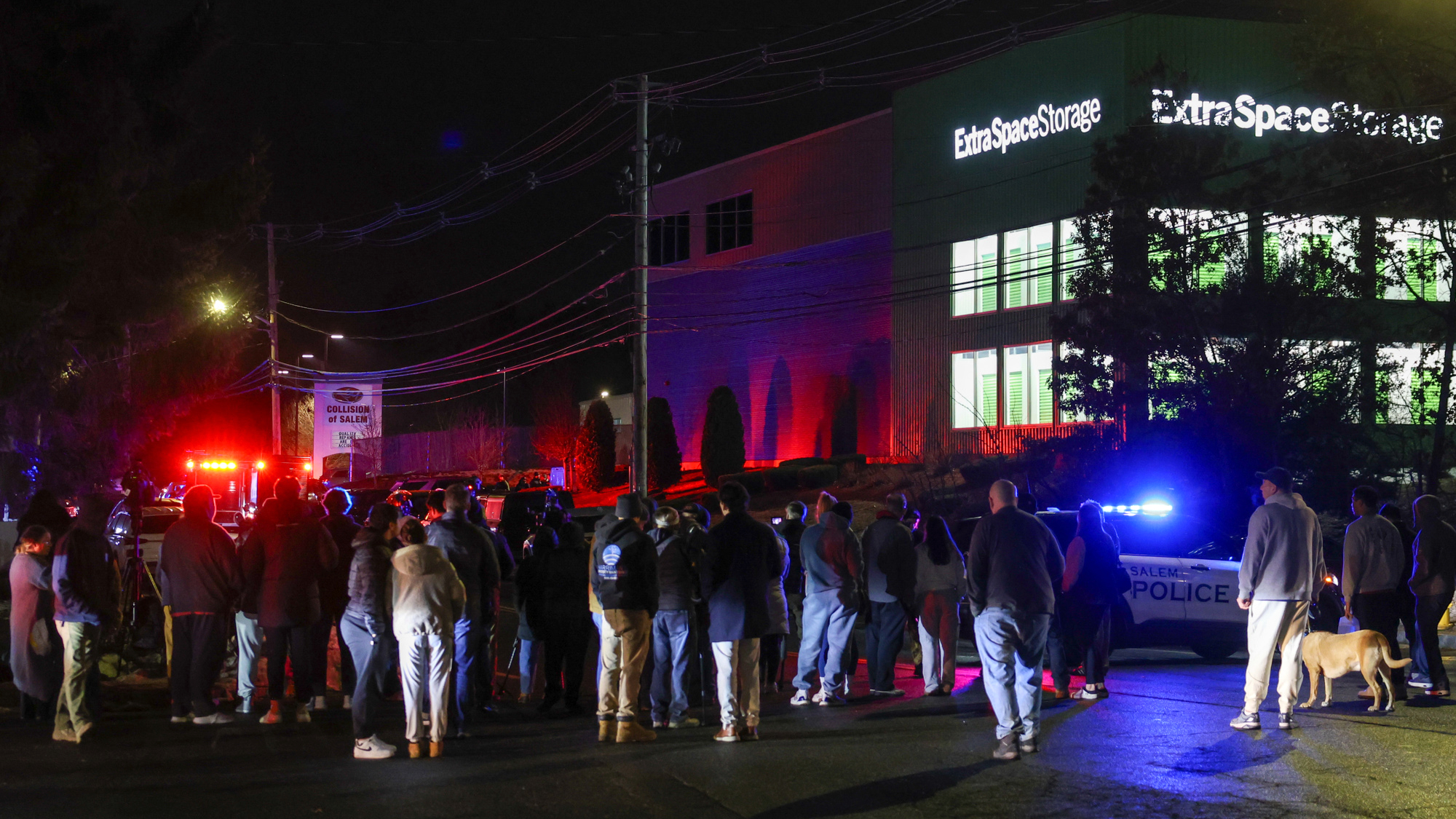 Sole suspect in Brown, MIT shootings found dead
Sole suspect in Brown, MIT shootings found deadSpeed Read The mass shooting suspect, a former Brown grad student, died of self-inflicted gunshot wounds
-
 France makes first arrests in Louvre jewels heist
France makes first arrests in Louvre jewels heistSpeed Read Two suspects were arrested in connection with the daytime theft of royal jewels from the museum
-
 Trump pardons crypto titan who enriched family
Trump pardons crypto titan who enriched familySpeed Read Binance founder Changpeng Zhao pleaded guilty in 2023 to enabling money laundering while CEO of the cryptocurrency exchange
-
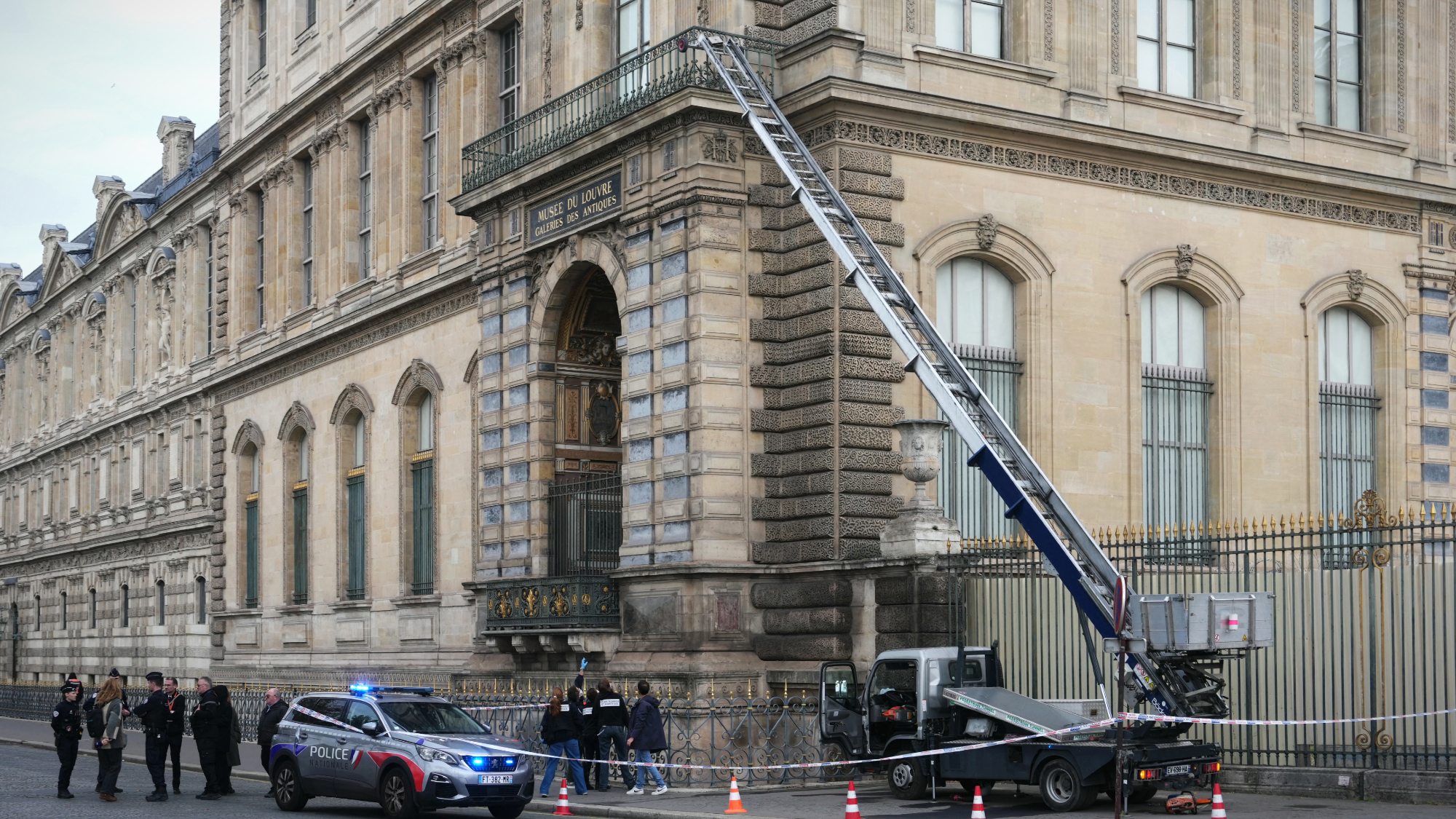 Thieves nab French crown jewels from Louvre
Thieves nab French crown jewels from LouvreSpeed Read A gang of thieves stole 19th century royal jewels from the Paris museum’s Galerie d’Apollon
-
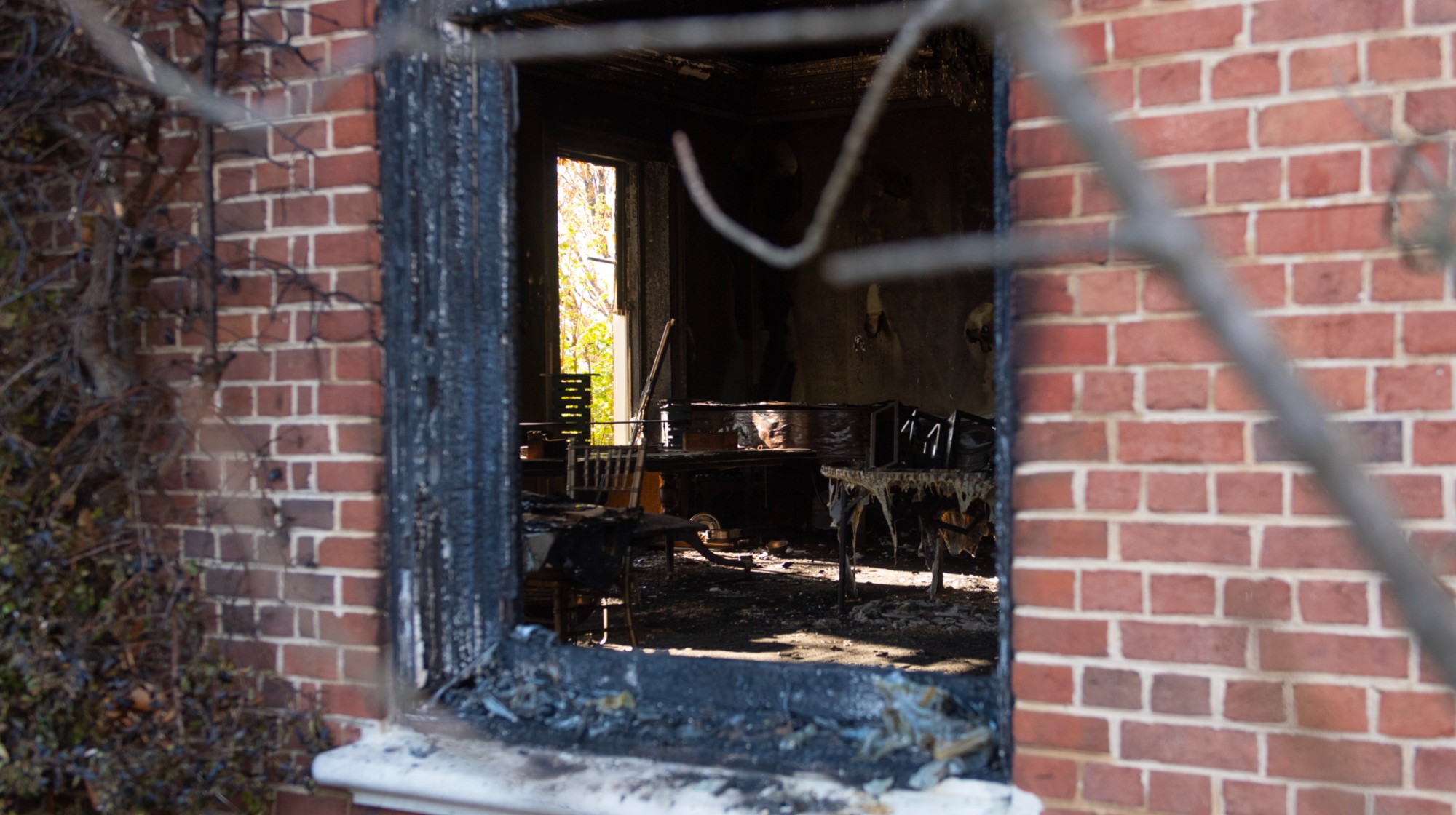 Arsonist who attacked Shapiro gets 25-50 years
Arsonist who attacked Shapiro gets 25-50 yearsSpeed Read Cody Balmer broke into the Pennsylvania governor’s mansion and tried to burn it down
-
 Man charged over LA’s deadly Palisades Fire
Man charged over LA’s deadly Palisades Firespeed read 29-year-old Jonathan Rinderknecht has been arrested in connection with the fire that killed 12 people
-
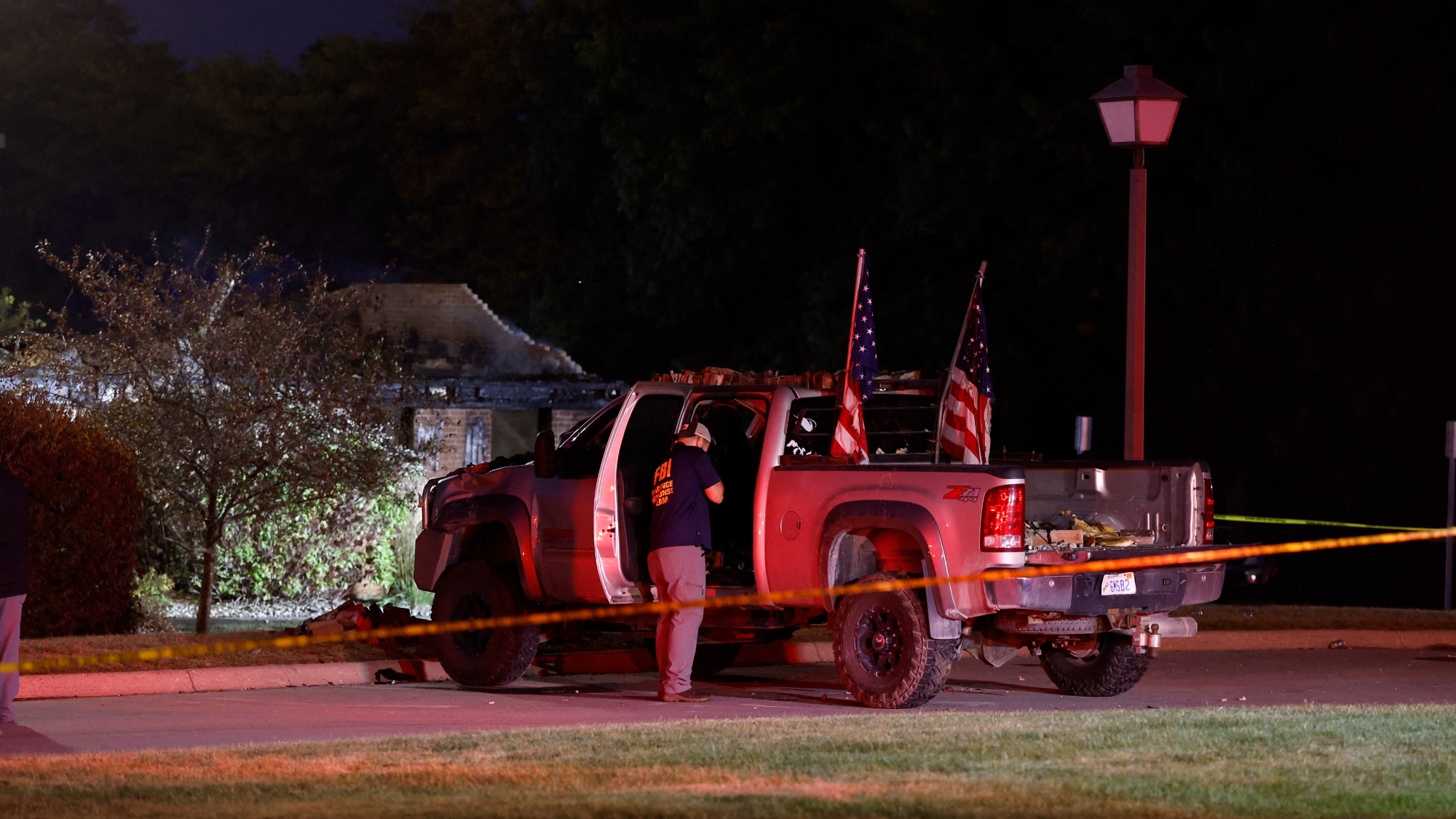 4 dead in shooting, arson attack in Michigan church
4 dead in shooting, arson attack in Michigan churchSpeed Read A gunman drove a pickup truck into a Mormon church where he shot at congregants and then set the building on fire
-
 2 kids killed in shooting at Catholic school mass
2 kids killed in shooting at Catholic school massSpeed Read 17 others were wounded during a morning mass at the Annunciation Catholic School in Minneapolis

